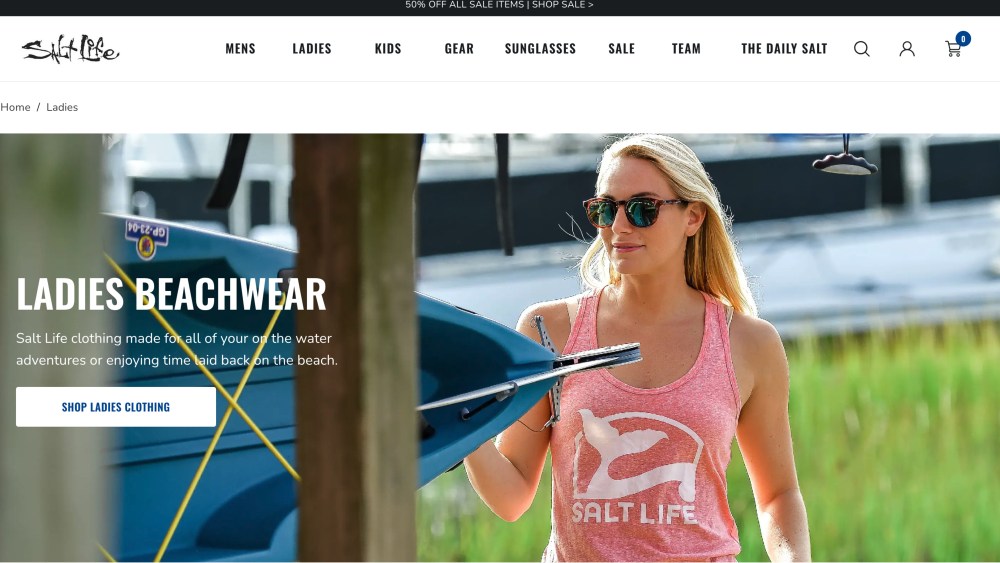Salt Life is set to move on to a new home after its parent company, the struggling Delta Apparel Inc., filed for bankruptcy in Delaware on Sunday, sunk by weak demand and higher cotton costs.
Just before the Chapter 11 filing, the company signed an asset purchase agreement to sell the sea-savvy Salt Life brand to FCM Saltwater Holdings Inc. for $28 million. Salt Life sells beachwear, including apparel and accessories.
Under the bankruptcy process, FCM is expected to become the stalking horse bidder for the brand, with its purchase price serving as a baseline in a court-supervised auction process.
Delta is expected to continue operating in bankruptcy with a debtor-in-possession financing package from Wells Fargo and others while it pursues a “a structured sale of their assets pursuant to one or more competitive bidding processes or other strategic arrangements,” according to a regulatory filing.
The 121-year-old Delta, which is based in Duluth, Ga., has been working to cut costs, but ultimately ran out of time.
In the fiscal year ended Sept. 30, net losses tallied $33.2 million as sales fell 14.3 percent to $415.4 million. And in the first half of this fiscal year, losses totaled $44.8 million as sales fell 27 percent to $158.9 million.
At the request of the company’s independent directors, Robert Humphreys said in May that he would step down as chairman and chief executive officer as of Saturday, just before the company ultimately sunk into insolvency.
In February, Humphreys told analysts on a conference call that Delta was “faced with uniquely unfavorable market dynamics throughout most of last year, and many of those dynamics continue to impact our business in the first quarter of our 2024 fiscal year.”
The company put in place a plan to cut costs and streamline operations that included exiting its operations in Mexico and cutting its offshore manufacturing footprint to four facilities from six.
“All told, after these actions, we reduced our overall workforce by over 20 percent and took approximately $20 million out of our cost structure in annualized labor savings,” Humphreys said. “This heavy lifting across our company was challenging, but it was necessary for us to become a leaner organization, better positioned to navigate the tough operating environment we continue to see across our business.”
He added: “Given the headwinds in our business and particularly the limited access to capital that we currently have available to us, we believe we will need to obtain additional liquidity in the near term to fund our operations and meet the obligations specified in our U.S. credit agreement going forward. We are currently exploring a variety of options towards that end.”
That’s a puzzle that the bankruptcy court will now have to solve.

